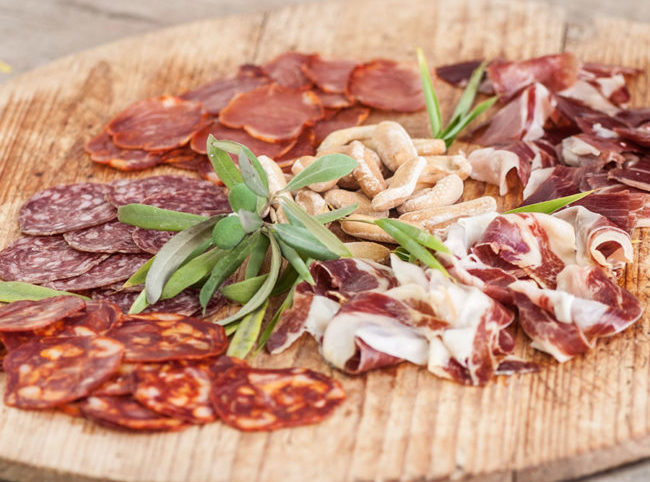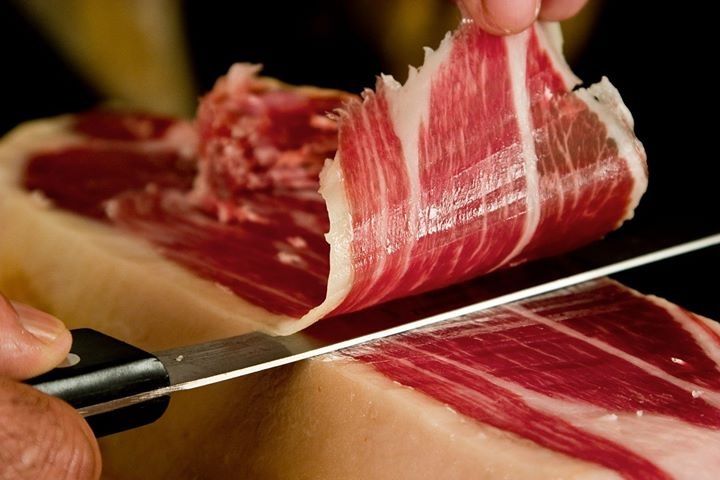In the middle of last February. Both Francisco Javier Morato, president of ASICI (Interprofessional Association of the Iberian Pig). As well as Elena Diéguez, Technical Secretary of Aeceriber (Spanish Association of Iberian pig breeders), also a member of the ASICI board of directors, proclaimed that the recent rains had alleviated the effects of the drought in the current montanera. It is at this time that the pigs are gorged on acorn in the pasture, between October and February. Faced with these statements, a farmer attached to the PDO “Dehesa de Extremadura” expressed his absolute perplexity: “They are false and they also know it. This year I have fattened half the pure Iberian pigs for the DO than a normal year. Of course, with the control of the official DO overseers and not with the 'acorn papers' collated by ASICI. On top of that, the animals have replaced less arrobas than usual and therefore I have had to sell them with less weight ”.
Nothing fits
With the rains of recent weeks, few remember the serious drought that we have suffered in the Iberian Peninsula in the autumn months. Also the negative effects that it has had and continues to have on the grasslands. All this has led to a low acorn production of inferior size and quality in holm oaks and practically non-existent in cork oaks. This is because the acorn fruit finishes its development and maturation between the months of October and November. At that time we were in the middle of a drought. With this, little has been able to fix the montanera season with the heavy rains in February. Even worse, since these latest rains contribute to the scarce acorn that was left in the field rotting. In this way it is not used by Iberian pigs.
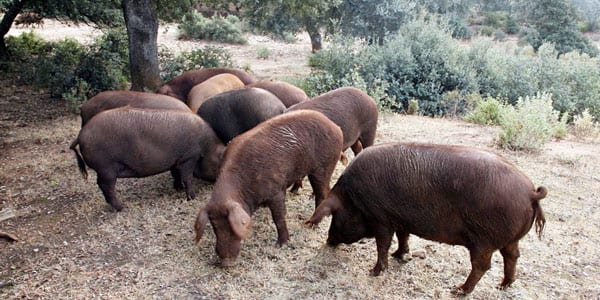
This bleak panorama makes us think that during the present montanera the same number of pigs as the previous year could not be fattened. By the way, it wasn't good either. Well, consumers need not worry. They are going to have more acorn pig production than the previous year. Specifically, almost 750.000 compared to 720.000, according to estimates and data from ASICI. With the coinciding statements of its president and the technical secretary of AECERIBER.
But how is it possible, some may ask, that with less acorn harvest. (Each specimen can swallow between 8 and 12 kg of the precious fruit daily, in addition to another 3 kg of natural grass). Has a greater number of pigs been fattened? . It turns out that the modern montanera, the 4.0 that some would say, consists of putting a hopper or trough full of feed (of better or worse quality) .They are in the middle of the pasture and fill it during those months of scarcity of the fruit of the holm oaks and cork oaks. In this way, the “acorn” pigs only have name and commercial category. In this way we are consciously and artificially distorting an emblematic product such as the Spanish acorn-fed Iberian ham.
Less and less montanera but more Iberian pigs are getting fatter Let's see why
With the increase in the number of pigs, despite the palpable lack of acorn during the current montanera season. The outlook does not bode well, neither for the sector in the short and medium term, nor of course for consumers. In fact, several of the farmers and industrialists contacted by Grandes Productos consider that this year three out of four pigs qualified and accounted for by ASCI and the Ministry of Agriculture as a commercial category "Iberian acorn" flagrantly fail to comply with the Iberian Quality Standard . The harsh reality suggests that their diet has been based on compound feed.
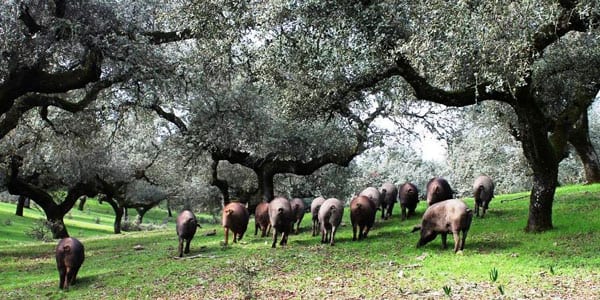
This situation continues to occur. It follows the repeated picaresque of some industrialists and ranchers -more and more-. The complicity of the inspection entities that verify the system. The ineffective supervision of these inspectors (private entities that act as collaborators of the administration) by ENAC (National Certification Entity). The null control of the Ministry of Agriculture (the "muñidor" of the fateful Iberian Quality Standard). As well as above all, due to the absence of any effective measure. Measures to control, correct and penalize offenders at the proposal of ASICI (Interprofessional Association of the Iberian Pig). Neither of the Autonomous Administrations themselves given the delegation of powers on the matter. Transferred by the government.
Many farmers do it well, many others ... NO
Acorn farmers (in many cases industrialists who raise and care for their own herds) are divided. Basically among those who scrupulously comply with the Iberian standard. They only fatten the pigs that can feed acorn in their pastured plots. Against those who go -more and more- to the "dark side", the "fraudulent". Fattening system through feed but simulating that they eat acorn in the pasture.
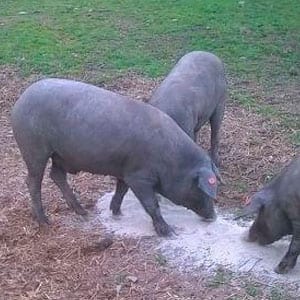
In this way, they get a double booty: first, a higher economic return on their fake productions. Second, the "acorn business category papers." This will allow them to artificially produce, mark and commercialize pieces of hams and shoulders with their corresponding standard seals (red or black). This provides them with the indispensable legal coverage (in the face of the null complaint by ASICI) but clearly they will end up misleading the consumer.
Fraud still not prosecuted
Like this last formula of action, it is neither pursued nor penalized. More and more farmers are turning to the "dark side", which will damage the reputation of the sector and clearly the pocket of consumers. They will pay more for products that do not really come from acorn-fed animals. So they will therefore be disappointed in their quality expectations.
But at this point the reader might be surprised and wonder about the role of the certifying entities. The ENAC and the ASICI, the Ministry of Agriculture and the Autonomous Communities. We believe that talking about these necessary cooperators in the current situation of the sector gives us future articles -which we will publish in the near future-. Thus, consumers will be able to understand the picaresque anchored in the sector. Also the little confidence that they must give to the seals and the labeling of acorn-fed hams and shoulders.
One last question. ¿The Administration and the National Certification Entity (ENAC) will also have this lack of diligence. When evaluating the rest of the products and services that by law must monitor and control?



